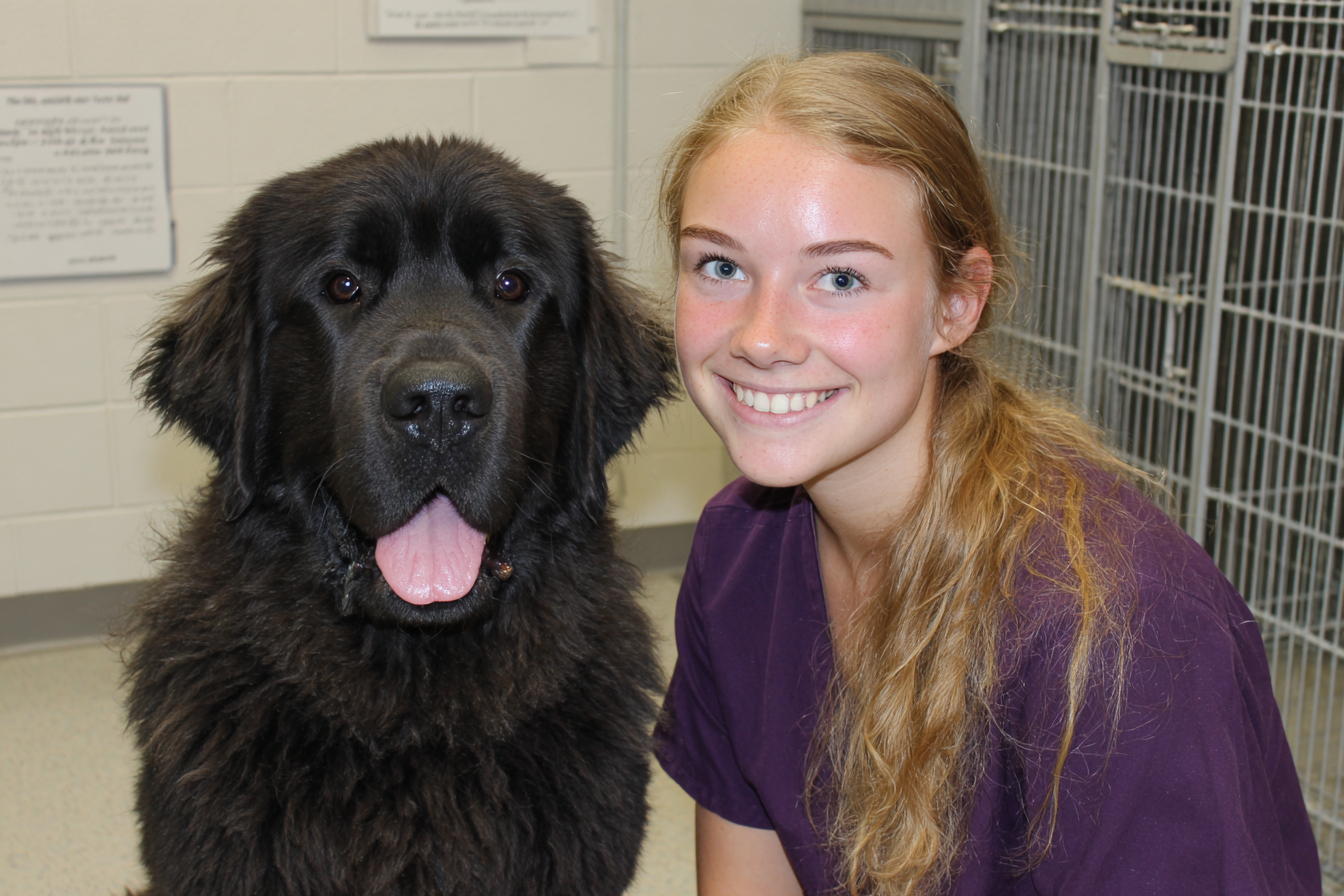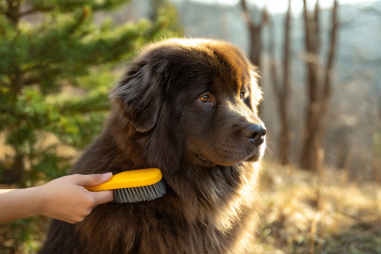Newfoundland dogs are known for their gentle nature, massive size, and undeniable charm. These “gentle giants” have won the hearts of dog lovers all around the world. If you’re thinking about bringing one of these beautiful creatures into your home, considering adoption is a wonderful way to give a Newfoundland dog a second chance at life. This article will guide you through why adoption is a great choice, how to find reputable rescue organizations, the steps involved in adopting, how to prepare your home, and much more.
Why Adopt a Newfoundland Dog?
Adopting a Newfoundland dog offers numerous benefits, both for the dog and for you as the new pet parent. Rescue Newfoundlands are often in need of loving homes due to various circumstances such as owner surrender, health issues, or changes in their previous environment. By adopting, you are not only providing a dog with a stable, caring family but also helping to reduce overcrowding in shelters and encouraging ethical pet ownership.
Newfoundlands are incredibly loyal, affectionate, and gentle, making them excellent companions for families and individuals alike. They are particularly known for their love of children and protective instincts, making rescued Newfoundlands welcome members of many households. Choosing adoption often means that you’re gaining a full picture of the dog’s personality, health, and history through the rescue, which can help you find the perfect furry friend that matches your lifestyle.
Finding Reputable Rescue Groups
The first step in adopting a Newfoundland dog is identifying trustworthy rescue organizations dedicated to the breed. Several specialized Newfoundland dog rescue groups operate across the United States and other countries, focusing on rehoming and rehabilitating these gentle giants. You can start your search by:
- Visiting websites like the Newfoundland Club of America (NCA), which often maintains a list of breed-specific rescue organizations.
- Checking social media groups and community forums devoted to Newfoundland dogs and rescue efforts.
- Contacting local or regional animal shelters to inquire about Newfoundland dogs available for adoption or transfer opportunities.
- Looking for national or international rescue groups that work with multiple breeds but have access to Newfoundlands.
When researching, look for organizations that conduct thorough health screenings, perform behavioral assessments, and provide foster care to help socialize the dogs before adoption. Reputable rescues should be open and transparent about the dogs’ backgrounds and available support for adopters post-adoption.
The Adoption Process Explained
Adopting a Newfoundland from a rescue group involves several steps designed to ensure that the dog finds a suitable, loving home. Typically, the process includes:
- Application: Fill out an adoption form that collects information about your lifestyle, home environment, and experience with dogs.
- Interview: A representative from the rescue may contact you for a phone or in-person interview to discuss your application and determine if a Newfoundland dog is a good fit for your family.
- Home visit: Many rescues conduct a home visit to assess the environment and ensure it is safe and secure for a large dog like a Newfoundland.
- Meet and greet: You will have the opportunity to meet the Newfoundland dogs available for adoption, either in person or virtually, to find a good match based on personality and energy levels.
- Adoption agreement: After selection, you will sign an agreement outlining the responsibilities of ownership and care requirements.
- Adoption fee: Most rescues charge a fee that helps cover medical care, vaccinations, spaying/neutering, and other expenses incurred while caring for the dog.
- Transition and support: Many rescues provide ongoing advice and support during the transition period to help your new dog settle into its new home.
This carefully structured process helps ensure the well-being of both the dog and adopter and promotes successful, lifelong placements.
Preparing Your Home for a Newfoundland
Bringing a Newfoundland dog into your home is an exciting event, but given their large size and specific needs, proper preparation is essential. Here are some key points to consider before your new companion arrives:
- Space: Newfoundlands are big dogs—they can weigh between 100 to 150 pounds or more. Ensure you have enough room both indoors and outdoors for them to move comfortably.
- Dog-proofing: Remove or secure items that could be harmful or easily damaged by a curious, large dog.
- Supplies: Purchase necessary items such as a sturdy, appropriately sized dog bed, food and water bowls, grooming tools, and a secure leash and collar.
- Exercise area: Provide a safe outdoor space for exercise, as Newfoundlands enjoy walks and playtime, which are important for their health and happiness.
- Temperature considerations: Because of their thick double coat, Newfoundlands do not tolerate heat well. Maintain a cool, shaded area, especially in warmer climates.
Preparing in advance will help your Newfoundland feel comfortable and reduce anxiety as they adjust to their new environment.
Care Considerations for Rescued Dogs
Newfoundlands require specific care to thrive, especially rescued dogs who may have experienced previous neglect or trauma. Here are some important care considerations:
- Health check-ups: Schedule regular veterinary visits for comprehensive exams, vaccinations, and parasite control.
- Nutrition: Feed a high-quality diet suitable for large breed dogs. Monitor weight closely to avoid obesity, a common issue with Newfoundlands.
- Grooming: Newfoundlands have a dense, water-resistant double coat that sheds heavily twice a year. Regular brushing, at least several times a week, is essential to prevent mats and keep fur healthy.
- Exercise: Moderate daily exercise helps maintain healthy joints and weight but avoid overexertion, especially in puppies and older dogs.
- Training and socialization: Positive reinforcement techniques work best. Rescue dogs may need extra support to build trust and confidence, so patience and consistency are key.
- Comfort and companionship: Newfoundlands thrive on human interaction and tend to form strong bonds with their families. Providing companionship helps reduce stress-related behaviors.
Understanding these care needs will help you provide a loving, healthy environment for your rescued Newfoundland.
Testimonials and Success Stories
Many families who have adopted Newfoundland dogs share heartwarming stories of transformation and joy. For instance, Sarah from Ohio adopted a four-year-old Newfoundland who had been surrendered due to his previous family’s inability to care for his complex health needs. “He came shy and scared, but with patience and love, he blossomed into the gentle, playful companion we always hoped for,” she shares. “Adopting a rescue Newfie changed our lives for the better.”
Similarly, John and Maria from California adopted an older Newfoundland named Max who suffered from anxiety. Through consistent training and support from the rescue group, Max became a calm and affectionate family member, adjusting well to his new home and even learning to swim—loving his breed’s natural water affinity.
These success stories highlight the incredible difference adoption can make, not only saving lives but enriching families with loyal, loving pets.
Giving a Gentle Giant a New Beginning
Adopting a Newfoundland dog is a rewarding journey filled with companionship, love, and the unique experience of caring for one of the gentlest dog breeds. By choosing to adopt, you provide a rescued Newfoundland with the opportunity to live a happy, fulfilled life surrounded by care and kindness. With the right preparation, patience, and commitment, you and your new gentle giant can share many wonderful years together.
Whether you are a first-time dog owner or a seasoned pet parent, the journey to Newfoundland dog adoption offers a chance to make a positive impact on a deserving animal’s life while welcoming unconditional love into your home.







